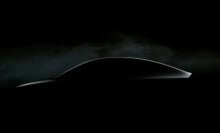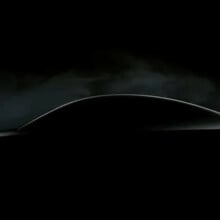Tesla is taking another step to free up busy Supercharger stations for more users — and potentially make some extra dough in the process.
The company updated its "Supercharger Fees" explainer page with a new kind of fee, called a "congestion fee".
"At certain Supercharging locations, congestion fees will replace idle fees," reads the explainer. "A congestion fee is a fee you pay when a Supercharger is busy, and your vehicle’s battery is above a certain level. You can see the battery charge level where congestion fees apply on your vehicle’s touchscreen."
The company says this fee will only apply when the Supercharger is busy, and when your vehicle battery is already at or above the congestion fee level. When it happens, users will be alerted in the Tesla app, and will have a five-minute grace period to disconnect their vehicles before the congestion fees start to apply.
"This fee encourages drivers to charge only as much as is needed for their trip, rather than all the way to 100%. This increases the availability of Superchargers so that everyone has access when they need it," the company says.
Currently, it appears that congestion fees are only charged in the United States, at a rate of $1 per minute when charging above 90 percent. The wording above, however, leaves space to introduce congestion fees for other battery charge levels.
Congestion fees are different than idle fees, which are charged when users leave their vehicles connected to the charger after the battery's been fully charged. With the congestion fees, users will have to be more mindful of how they charge their cars at Superchargers, and how busy those Superchargers are.
According to Tesla's FAQ, both the idle fees and the congestion fees also apply to people whose vehicles have free Supercharging privileges.
Tesla says that in the future, its vehicles should be able to move themselves once fully charged, which would enhance network efficiency and customer experience. "Until then, we ask that vehicles be moved from the Supercharger once charged. A customer would never leave a vehicle parked by the pump at a gas station and the same thinking applies with Superchargers," the company says.
The change comes after Tesla started opening its Superchargers to other electric cars, which increases the pressure on the network. BMW, Ford, General Motors, Honda, Hyundai, Nissan, and Toyota, and Volvo joined the program (among others), with their cars getting the ability to use Tesla Superchargers in 2024.
Topics Tesla

























